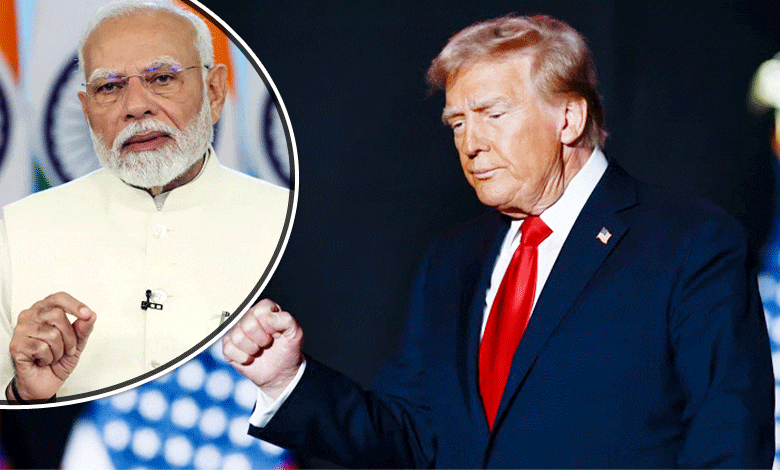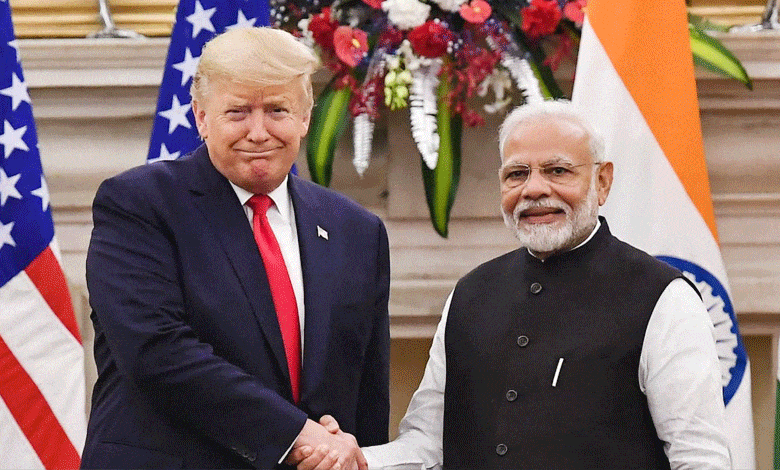Trump’s Tariff Policies: What They Mean for India and Southeast Asia’s Economies
However, relocating from China poses challenges. China’s competitive edge in terms of cost, scale, and quality is difficult to replicate. Nomura Bank warns that shifting supply chains could result in reduced efficiency and higher production costs, which could ultimately hinder global economic growth.

Tokyo: The potential reimplementation of Donald Trump’s tariff policies could shift some production away from China, bringing short-term gains to certain Asian economies. Yet, an intense trade standoff between the U.S. and China may send shockwaves through global markets, particularly affecting Asia, the largest contributor to global economic growth.
Potential Impact of U.S. Tariffs on Key Asian Economies
| Country | Economic Impact | Key Sectors Affected | Exposure to U.S. Exports |
|---|---|---|---|
| China | GDP could decline by 0.7% to 1.6% | Electronics, Manufacturing, Raw Materials | Major exporter of goods to the U.S. |
| India | Possible tariffs on automobiles, textiles, and pharmaceuticals | Textiles, Automobiles, Pharmaceuticals | Increasing export volume to the U.S. |
| Vietnam | Short-term gains from production relocation; possible future tariffs on electronics | Electronics, Garments | 27.4% of exports to the U.S. |
| Indonesia | Vulnerable due to mineral exports to China | Nickel, Minerals, Natural Resources | Limited direct U.S. trade |
| Japan | Indirect impacts via China supply chains | Technology, Automobiles | Significant trade with the U.S. |
| South Korea | Linked through the supply chain with China | Electronics, Semiconductors | Strong trading ties with the U.S. |
| Cambodia | High exposure due to reliance on U.S. exports | Garments, Footwear | 39.1% of exports to the U.S. |
China Tariffs and Asian Markets
During his campaign, Trump vowed to place tariffs as high as 60% on Chinese goods to address the trade imbalance between the two nations. While it remains uncertain if Trump will pursue this high rate, analysts predict a 0.7% to 1.6% decline in China’s GDP. A reduced U.S. demand for Chinese goods could impact production across Southeast Asia, where economies are tightly linked with China’s supply chains.

A Broadening Protectionist Agenda
In addition to China, Trump has indicated plans for broader tariffs, potentially imposing 10-20% duties on all imports. The impact, according to Samdin, “depends on each economy’s direct exposure to the U.S. market.” For example, nearly 40% of Cambodia’s exports go to the U.S., as do significant portions of Vietnam, Thailand, and the Philippines’ exports, making these nations particularly vulnerable.
Could India Be in the Crossfire?
India may also see the consequences of Trump’s trade policies. During his previous term, Trump’s tariffs on Chinese goods led some companies to divert their products through intermediary countries to evade U.S. taxes. This “connector” practice could bring additional scrutiny to countries like Vietnam.
According to Alexandra Hermann of Oxford Economics, “India, with its reliance on Chinese components, could also attract scrutiny.” Tariffs may increase on Indian exports in sectors such as automobiles, textiles, and pharmaceuticals, potentially weakening India’s competitiveness in the U.S. market. Ajay Srivastava from the Global Trade Research Initiative added that heightened tariffs could make Indian products less appealing to U.S. consumers.
Ajay Sahai, director of the Federation of Indian Export Organizations, suggested that Trump’s transactional approach might also lead to U.S. tariffs on Indian goods as a way to pressure India into lowering tariffs on American imports.
Supply Chain Shifts and the “China+1” Strategy
While a renewed tariff policy would challenge Asian economies, it could also drive companies to accelerate the “China+1” strategy, seeking additional production bases beyond China. Countries like Vietnam, Malaysia, Thailand, and India have already become popular for investment, as companies diversify away from China. Vietnam, in particular, has seen substantial investments from tech giants like Foxconn and Samsung, establishing it as the second-largest smartphone exporter worldwide, just behind China.
However, relocating from China poses challenges. China’s competitive edge in terms of cost, scale, and quality is difficult to replicate. Nomura Bank warns that shifting supply chains could result in reduced efficiency and higher production costs, which could ultimately hinder global economic growth.
Conclusion: A Double-Edged Sword for Asia
While some Asian countries may gain export market share in the short term, the long-term impacts could be detrimental if global demand declines. Trump’s trade policies may create opportunities, yet the cost to efficiency and stability across global markets remains a significant concern for Asia’s future economic resilience.
